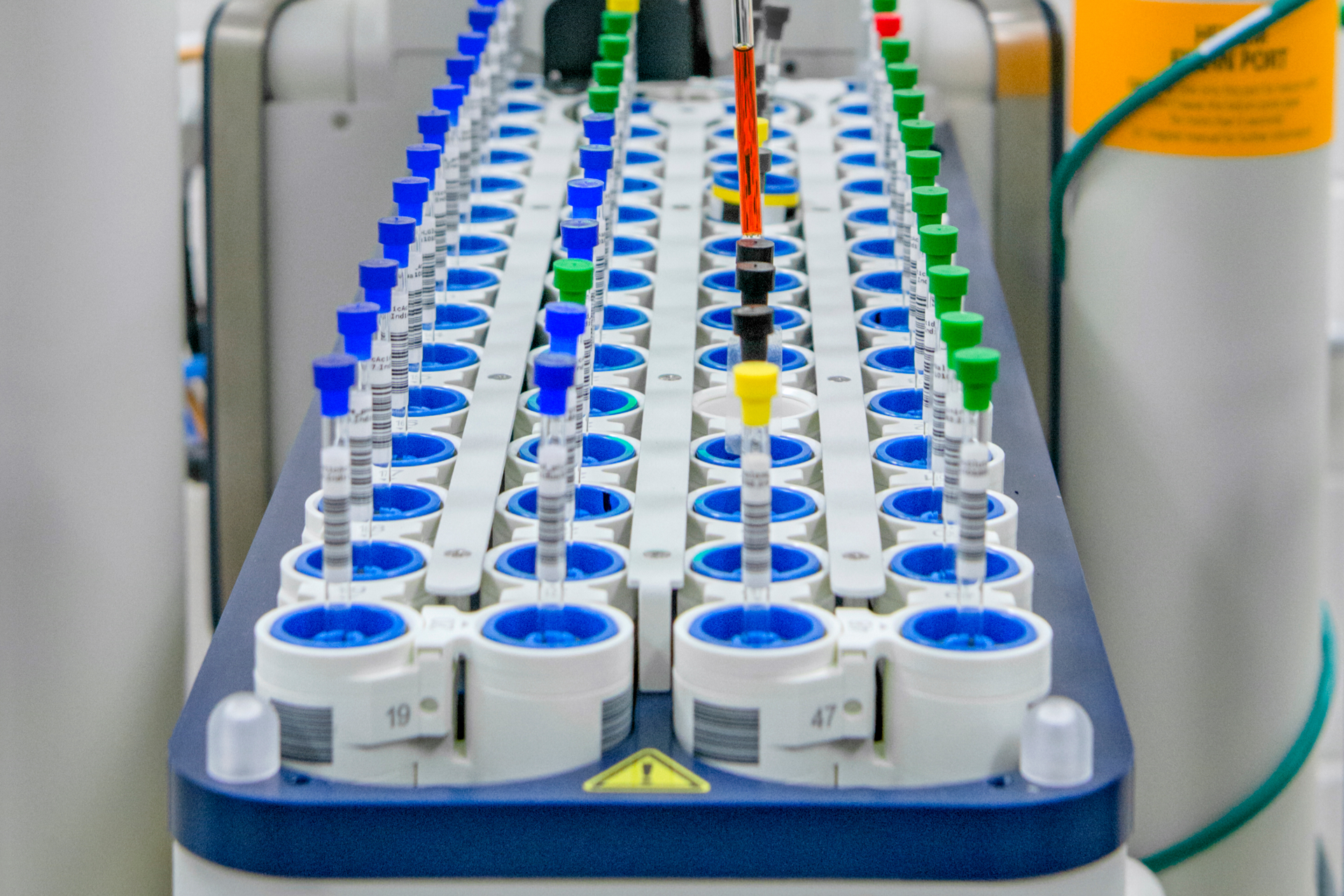
Plasticisers / phthalates analysis
Phthalates are widely used as additives (plasticisers) in the production of plastic materials, such as PVC, and act to soften the materials to increase its processability, flexibility and extensibility. They are also added to paints, varnishes and rubbers as well as to certain food packaging materials. Phthalates are not chemically bound to the materials they
Read More
